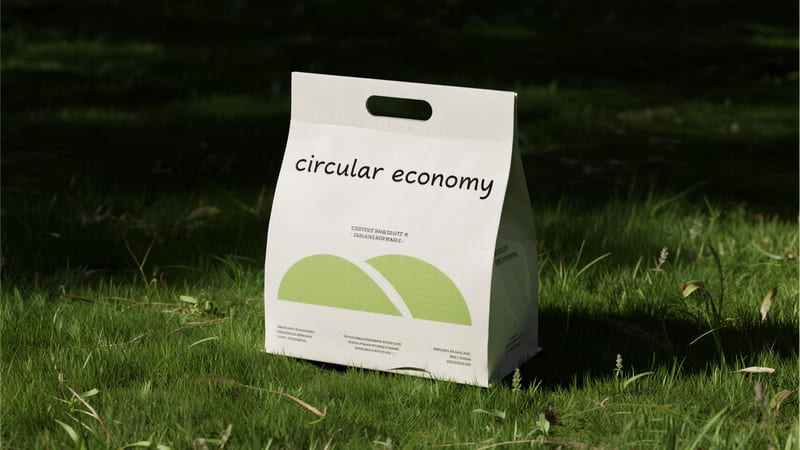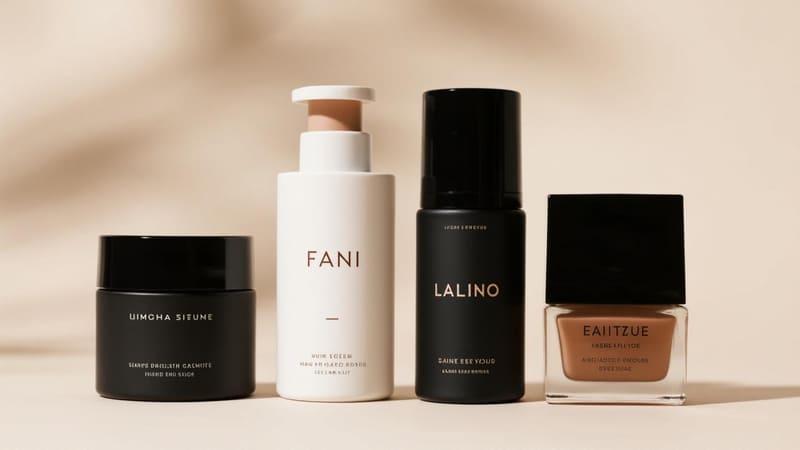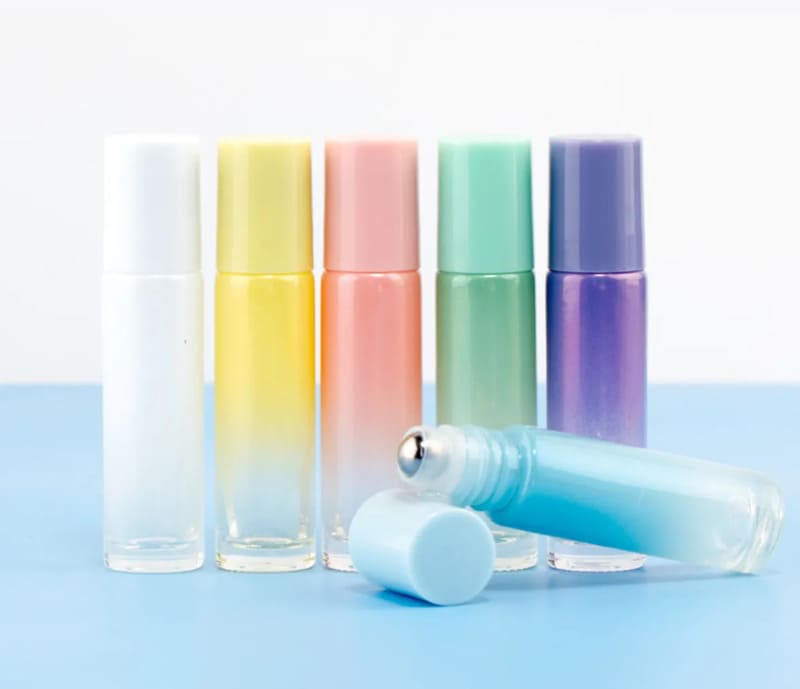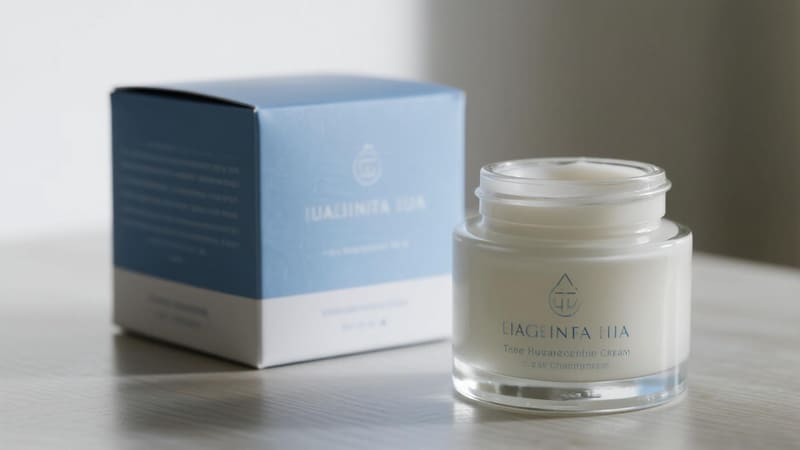The pervasive issue of plastic bottle waste has spurred a significant search for more sustainable alternatives. Consumers and brands alike are increasingly looking for options that reduce environmental impact without compromising too much on convenience or functionality.
Eco-friendly alternatives to plastic bottles include reusable options like stainless steel, glass, and durable BPA-free Tritan bottles. For single-use or disposable contexts, options include aluminum cans/bottles, glass bottles, paper-based cartons (like Tetra Pak), and emerging solutions like plant-based or compostable bioplastic bottles (with caveats).
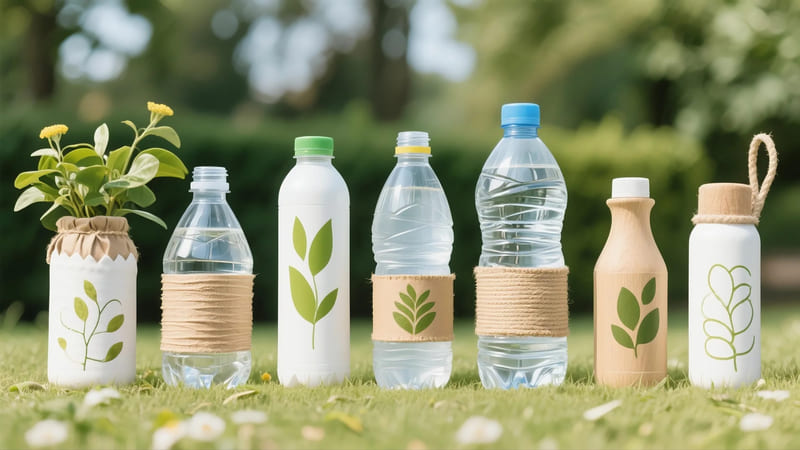
The shift away from single-use plastic bottles is gaining momentum, driven by environmental concerns and a desire for more responsible consumption. As a packaging manufacturer with ShineTop, while our primary focus is cosmetics, we are keenly aware of these broader material trends and the push for sustainability. Let’s explore some of the leading alternatives.
What is the Best Alternative to Plastic Bottles?
The "best" alternative often depends on the specific use case (e.g., personal reusable water bottle vs. mass-market beverage packaging), but generally, reusability and high recyclability are key factors.
For personal daily use, reusable stainless steel or glass bottles are often considered the best alternatives to single-use plastic bottles due to their durability, inertness, and ability to be used countless times. For single-use beverage packaging, aluminum cans and glass bottles offer high recyclability rates and good product protection.
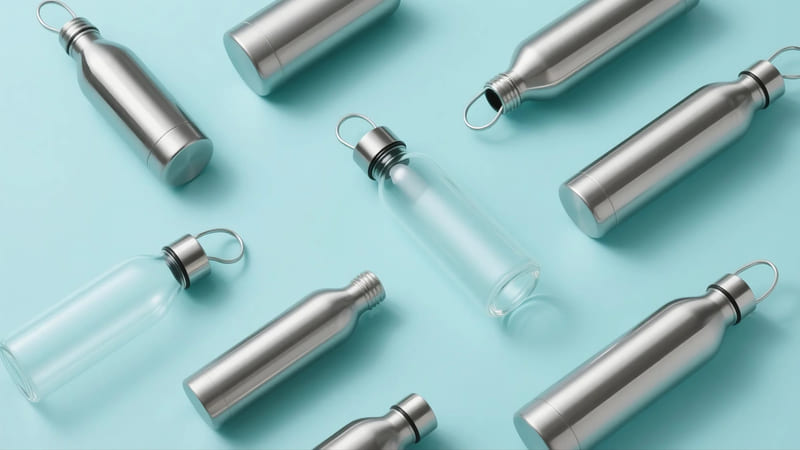
"Best" implies a balance of environmental benefit, practicality, and safety.
Top Contenders for "Best" Alternative:
-
Reusable Stainless Steel Bottles:
- Pros: Extremely durable, long-lasting, inert (doesn’t leach chemicals or retain flavors), often insulated (keeps drinks hot or cold), lightweight for its strength, highly recyclable at end-of-life (though less frequently recycled than aluminum cans due to longevity).
- Cons: Higher upfront cost, can dent if dropped hard, opaque (can’t see contents).
- Best For: Personal water bottles, coffee/tea thermoses.
-
Reusable Glass Bottles:
- Pros: Inert (no chemical leaching, preserves taste), transparent (can see contents), aesthetically pleasing, infinitely recyclable.
- Cons: Breakable, heavier than stainless steel or plastic, not usually insulated. Often comes with a protective silicone sleeve.
- Best For: Personal water bottles, storing homemade juices or beverages at home.
-
Aluminum Cans/Bottles (for single-use beverages):
- Pros: Lightweight, excellent barrier properties, chills quickly, one of the most recycled and recyclable materials globally (high recycling rates and value).
- Cons: Single-use (though highly recyclable), can sometimes have an internal plastic liner (BPA-free is common now), can dent.
- Best For: Carbonated drinks, water, juices, energy drinks.
-
Paper-Based Cartons (e.g., Tetra Pak, SIG Combibloc):
- Pros: Lightweight, space-efficient for transport, often made with a significant portion of renewable paperboard (FSC-certified). Aseptic versions offer long shelf life without refrigeration.
- Cons: Multi-layer construction (paper, plastic, aluminum) makes them harder to recycle than mono-materials; requires specialized recycling facilities which aren’t universally available.
- Best For: Milk, juice, plant-based milks, soups, broths.
The "best" alternative strongly leans towards reusable options for personal hydration to combat the single-use mindset. For packaged beverages, aluminum and glass lead in terms of recyclability and material integrity.
What is the Most Eco-Friendly Alternative to Plastic?
When considering the broad spectrum of materials that could replace plastic in various applications (not just bottles), the "most eco-friendly" title is highly debated and context-dependent, requiring a lifecycle assessment.
There isn’t one single "most eco-friendly" alternative to all plastic applications. However, materials like sustainably sourced wood/bamboo, glass, metal (aluminum/steel), natural fibers (hemp, cotton, jute), mycelium (mushroom packaging), and certified compostable bioplastics (for specific uses where composting is viable) are often cited as having lower overall environmental impact than conventional virgin plastics, especially when considering circularity (reuse, recycling, composting).
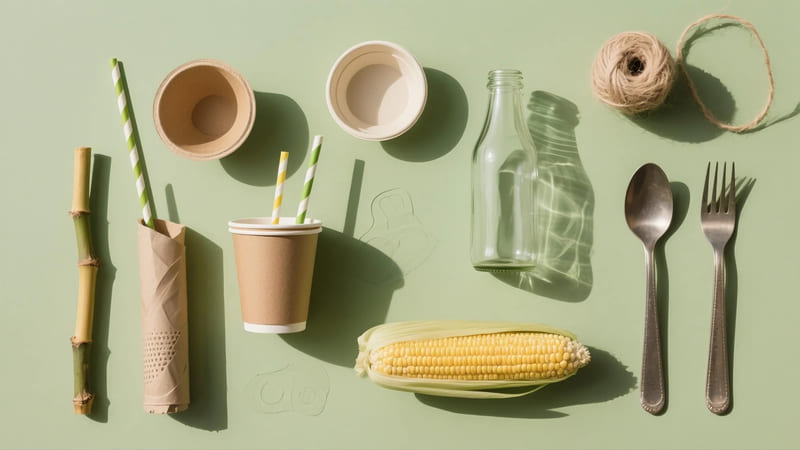
"Eco-friendly" needs to be evaluated across several criteria: resource depletion, energy consumption in production, carbon footprint, biodegradability, recyclability, and toxicity.
Leading Eco-Friendly Material Alternatives (General):
-
Glass:
- Pros: Made from abundant natural materials (sand, soda ash, limestone), inert, impermeable, infinitely recyclable.
- Cons: Energy-intensive to produce, heavy (higher transport emissions), breakable.
-
Metal (Aluminum & Steel):
- Pros: Highly and widely recycled (can be recycled repeatedly with no loss of quality), durable, excellent barrier. Recycling aluminum saves ~95% of the energy used to make virgin aluminum.
- Cons: Virgin production is energy-intensive and involves mining.
-
Sustainably Sourced Paper & Paperboard (FSC-Certified):
- Pros: Renewable resource, biodegradable (if uncoated), widely recyclable.
- Cons: Not suitable for liquids unless lined (often with plastic), can contribute to deforestation if not responsibly sourced.
-
Bamboo:
- Pros: Fast-growing renewable resource, strong, biodegradable.
- Cons: Often imported, processing can sometimes involve chemicals (though greener methods exist).
-
Cork:
- Pros: Harvested from bark (tree is not cut down), renewable, biodegradable, recyclable, lightweight, good insulator.
- Cons: Limited supply for very large-scale applications.
-
Hemp:
- Pros: Fast-growing, requires few pesticides/herbicides, improves soil. Can be made into paper, textiles, bioplastics.
- Cons: Processing infrastructure still developing, can be more expensive currently.
-
Mycelium (Mushroom Packaging):
- Pros: Made from agricultural waste and mushroom roots, fully home compostable, can be molded into custom shapes (good for protective inserts).
- Cons: Not suitable for direct food/liquid contact without a barrier, still a niche material.
-
Certified Compostable Bioplastics (e.g., PLA, PHA):
- Pros: Made from renewable resources (cornstarch, sugarcane), can break down in industrial (or sometimes home) composting conditions.
- Cons: Require specific composting conditions (don’t typically biodegrade in landfills or marine environments), can contaminate conventional plastic recycling streams if not properly sorted, land use for feedstock crops.
The "most eco-friendly" often involves choosing the material with the best end-of-life scenario (reuse, high recycling rates, or true compostability) for its specific application and available infrastructure.
What to Drink Out of Instead of Plastic Bottles?
For personal hydration, moving away from single-use plastic water bottles is one of the easiest and most impactful eco-friendly changes an individual can make.
Instead of single-use plastic bottles, drink out of reusable bottles made from stainless steel, glass, or durable BPA-free plastics like Tritan. For purchased beverages, opt for those packaged in aluminum cans or glass bottles, which have higher recycling rates than plastic bottles.

Making the switch is about choosing durability, reusability, and materials that are better for your health and the planet.
Recommended Reusable Drinkware:
-
Stainless Steel Bottles:
- Why: Highly durable, won’t break, doesn’t leach chemicals, doesn’t retain flavors, many are insulated to keep drinks hot or cold for hours. Easy to clean.
- Brands: Hydro Flask, Klean Kanteen, S’well, Yeti, and many others.
-
Glass Bottles (with protective sleeves):
- Why: Purest taste (no leaching), easy to see when clean, aesthetically pleasing. Silicone sleeves add grip and protection against minor bumps.
- Brands: Lifefactory, Soma, bkr, Ello.
-
Durable Reusable BPA-Free Plastic Bottles (e.g., Tritan):
- Why: Lightweight, shatterproof, often more affordable than stainless steel or glass. Ensure it’s specifically BPA-free and made from a stable plastic like Tritan.
- Brands: Nalgene (classic choice), CamelBak, Contigo.
- Note: While better than single-use, these are still plastic. Longevity and eventual disposal are considerations.
-
Filtered Water Pitchers/Tap Filters at Home/Office:
- Reduces the need to buy bottled water altogether. Fill your reusable bottle from a filtered source.
When Buying Pre-Packaged Drinks:
- Aluminum Cans: Excellent choice due to high recycling rates and value of recycled aluminum.
- Glass Bottles: Also highly recyclable.
- Paper-Based Cartons: Better than plastic bottles in some lifecycle assessments, but ensure your area can recycle them.
The key is to invest in a reusable bottle you love and will carry with you, making it a habit to refill it throughout the day. This drastically reduces reliance on single-use plastic.
How to Make Eco-Friendly Bottles?
"Making" eco-friendly bottles typically refers to the manufacturing process and material choices involved in producing bottles with a lower environmental footprint, rather than a DIY home project for functional beverage bottles.
To make (manufacture) eco-friendly bottles, companies focus on: 1. Using sustainable materials (e.g., high PCR content plastic/glass/aluminum, bio-based plastics, sustainably sourced paper). 2. Lightweighting designs to reduce material usage. 3. Designing for recyclability (mono-materials, easy-to-remove labels). 4. Utilizing renewable energy in manufacturing. 5. Optimizing logistics to reduce transport emissions.

Creating genuinely eco-friendly bottles at an industrial scale involves a holistic approach to design, material sourcing, and production.
Key Strategies in Manufacturing Eco-Friendly Bottles:
-
Material Selection:
- High PCR (Post-Consumer Recycled) Content: Using rPET (recycled PET), recycled glass, or recycled aluminum significantly reduces the need for virgin materials. ShineTop is increasingly incorporating PCR plastics into its cosmetic packaging, and similar principles apply to beverage bottles.
- Bio-Based Plastics: Using plastics derived from renewable resources like sugarcane (e.g., Braskem’s "I’m green™ Polyethylene") or other plant-based feedstocks.
- Renewable Materials for Cartons: FSC-certified paperboard for beverage cartons.
-
Design for Lightweighting:
- Engineering bottles to use less material without compromising structural integrity or performance. This reduces raw material consumption and transportation weight/emissions.
-
Design for Recyclability (DfR):
- Mono-Material Construction: Making the bottle, cap, and label (if possible) from the same type of recyclable material.
- Compatible Adhesives & Inks: Using adhesives and inks that don’t hinder the recycling process.
- Avoiding Problematic Additives/Colors: E.g., carbon black in plastics can make them undetectable by sorting sensors.
-
Efficient Manufacturing Processes:
- Minimizing energy consumption (e.g., using renewable energy sources like solar).
- Reducing water usage and waste generation during production.
- Closed-loop systems to recycle manufacturing scrap.
-
Supply Chain Optimization:
- Sourcing materials locally where possible to reduce transportation emissions.
- Optimizing packaging for shipping to maximize units per pallet/container.
-
Exploring Innovative Materials & Technologies:
- Research into fully biodegradable or compostable bottle solutions (e.g., from seaweed, mycelium, or advanced biopolymers), though these are still emerging and face challenges in terms of barrier properties, scalability, and end-of-life infrastructure.
- Paper bottles (often with a thin internal plastic or bio-plastic liner) are being trialed by some beverage companies.
For individuals, "making" an eco-friendly bottle usually means choosing to use a reusable bottle made from sustainable materials. For manufacturers like ShineTop, it means investing in R&D, sustainable material sourcing, and efficient production methods to offer greener packaging solutions to our clients.
Conclusion
Eco-friendly alternatives to plastic bottles are diverse and growing, with reusable options like stainless steel and glass leading the charge for personal use, and highly recyclable aluminum and glass being strong contenders for single-use beverages. The "most" eco-friendly solutions consider the entire lifecycle, prioritizing reduction, reuse, and robust recycling systems. By making informed choices about the bottles we use and the packaging we demand, both consumers and industries can contribute to a less plastic-dependent future.



